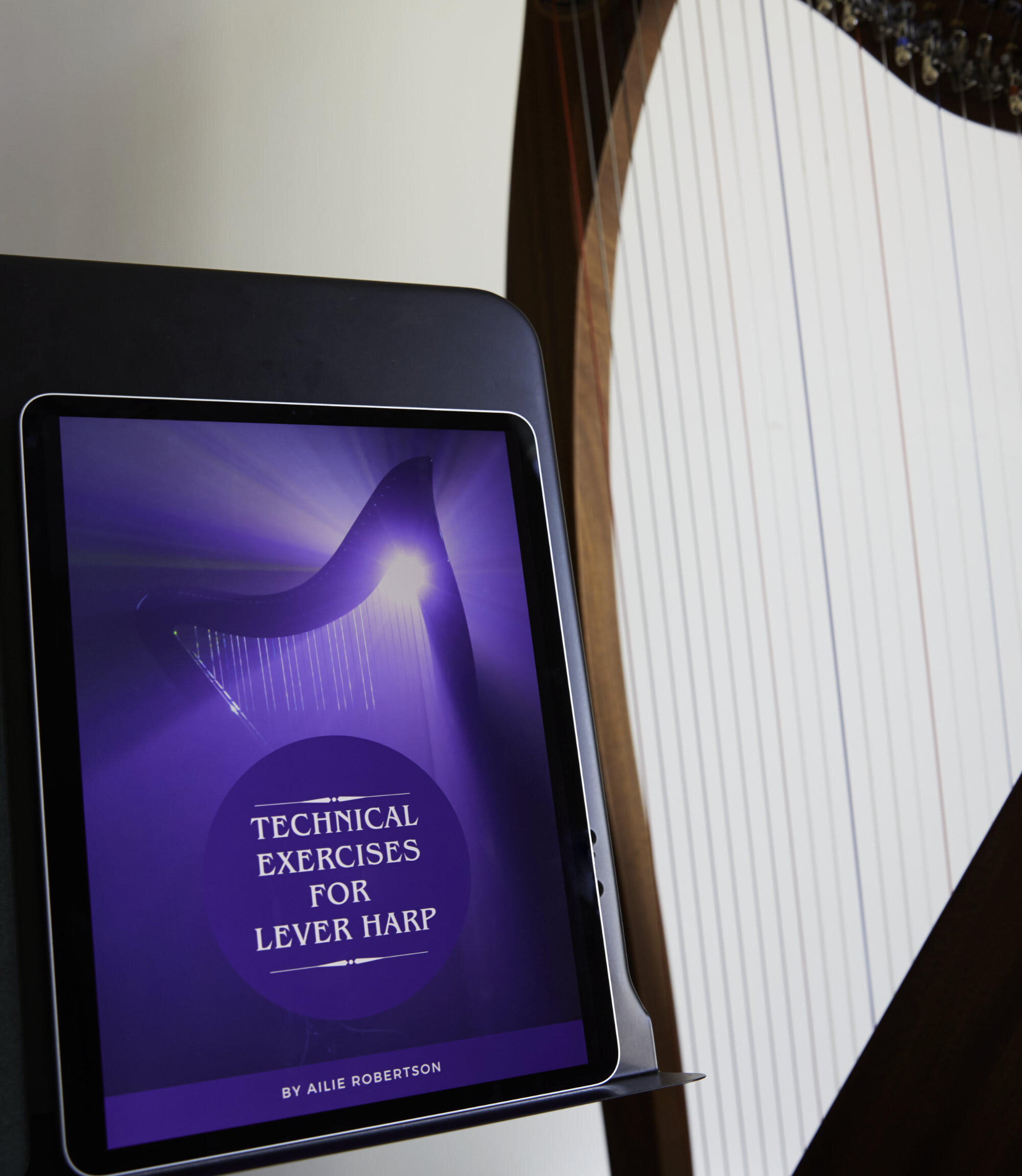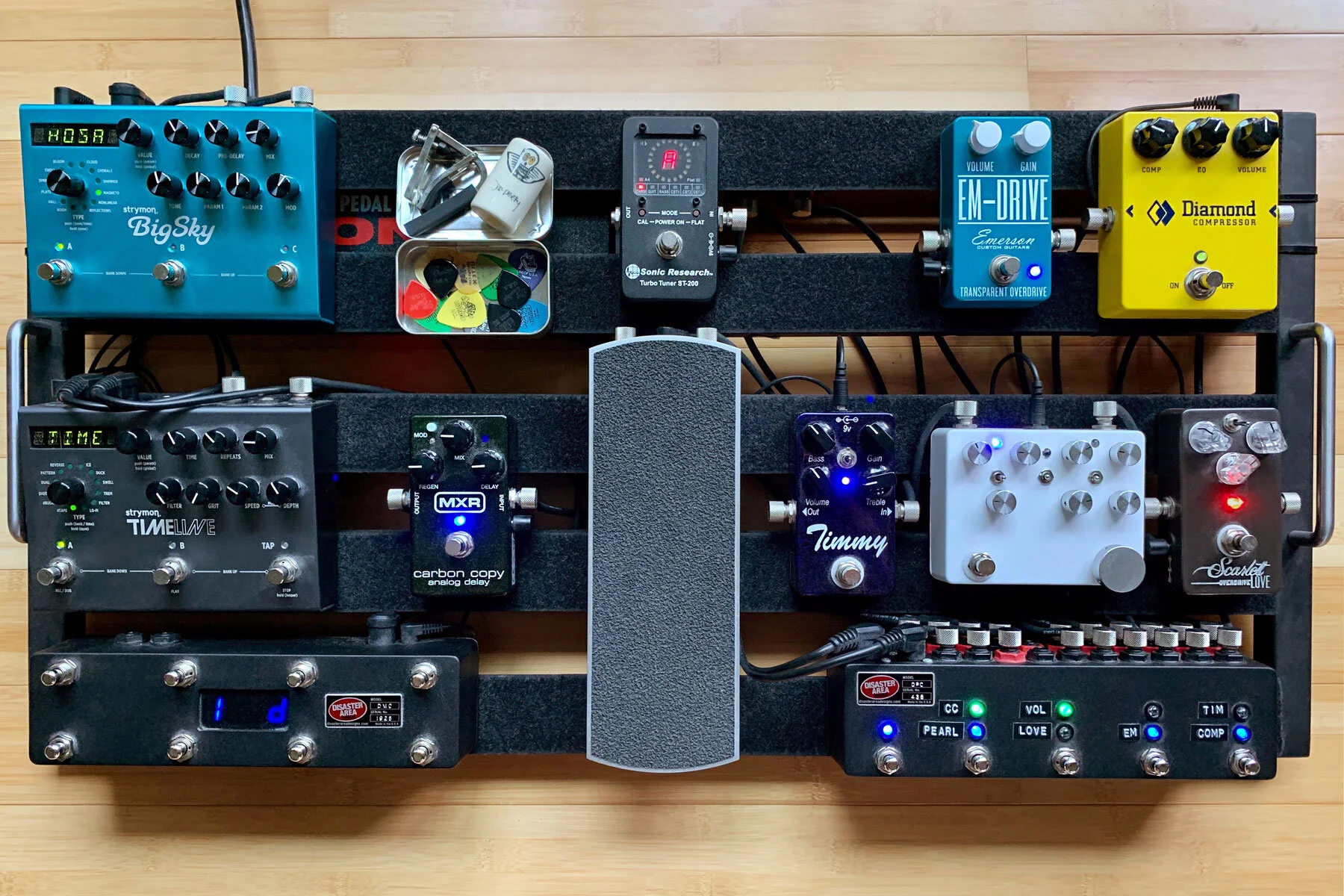I received an email a while back asking for advice about how to use a metronome, and I thought it was a really important topic so decided to make a blog post dedicated to it as this is a common issue for learners.
Many people find it SO difficult to listen to the metronome and find it completely messes up with what is going on. Others simply cannot keep the beat with it. If you’re not sure whether or not you use the metronome properly, you probably aren’t. There’s a learning curve with this, and many students have a hard time with this.
So let’s tackle these issues.
The ability to play in a steady rhythm is, for most of us, something that has to be learned The good news is that metronome skills can absolutely be learnt – BUT for some people it takes A LOT of practice to learn to play with a metronome. It's like eating vegetables and practicing scales, you just have to suck it up and endure. It will get easier if you keep after it!
I do believe the metronome is so valuable in helping with accuracy, and encourage students to spend time practicing with the it. Metronomes are inexpensive and can be easily downloaded as an App for your iphone/android – I use the Soundbrenner Metronome App
So, before we go into the tips what is a metronome and how should you use it?
A metronome is a device that produces a click at a regular interval of time. You can set how fast you would like it to go based on beats per second. A metronome can help you keep a consistent tempo so that you don’t inadvertently speed up or slow down.
Why use a metronome?
Brent Hugh, a professor of piano in Missouri, states that use of a metronome
· Helps feel the steady beat so you keep a consistent tempo and you don’t inadvertently speed up or slow down.
· Learn to synchronize with an outside rhythmic pulse (preparation for ensemble work, accompanying)
· Shows rhythmic errors clearly--can help develop precise rhythmic playing
· Can help in "step-by-step" practicing to reach a certain tempo
(https://brenthugh.com/piano/metronometeaching.html)
Metronome critics can say that it makes music mechanical and takes away the flow, and yes, many pieces shouldn't be played in a totally strict rhythm when you're performing it, but for most students I think the danger is more in the other direction. Once you've learned to play it strictly, it's really not that hard to go back and use rubato, etc. But you have to allow time for that step in your practice schedule!
When you're following the tempo, the TICs of the metronome will coincide perfectly with the main beat/notes of the piece. Most often, one click equals one-quarter (crotchet) note. So, in 4/4 time, each metronome click equals one quarter-note and four clicks equal a full bar. If you are playing at a slow tempo, having the metronome in eighth notes (quavers) may help.
Compound time signatures are subdivided into dotted quarter notes, most notably 3/8, 6/8, 9/8, and 12/8. For instance, two dotted quarter notes equal a complete measure of 6/8. So, when using a metronome in 6/8 time, I usually opt for two clicks, where each click is a dotted quarter note.
Most metronomes also come with an accent feature that allows you to place an accent or different tone of click for the first beat. This is really useful!
How to introduce the metronome?
It can be really frustrating to start using a metronome, and try using it on a whole piece so instead, take a step-by-step approach.
1) Familiarise yourself with a metronome while doing a scale or exercise that has similar rhythm notes. Play simple technical exercises with the metronome--scales, arpeggios, chord progressions etc - ones you don't really have to think about, the simpler the better. Perhaps learn the exercises first without metronome, then on the second go-round, play them with metronome at a specified tempo. Use exercises that are short are relatively simple so you can play from memory, not reading music.
•See the bottom of the blog for 5 exercises to build your metronome skills
2) Turn on the metronome and simply practice clapping or tapping his head or knees on the beats. This begins to help you feel the pulse without having to think through all the other layers of harp music (playing the correct notes, for example).
3) To progress from stage 2, now try clapping the rhythm of your piece with the metronome. It will take away the pressure of playing the notes so that you can truly concentrate on the rhythm.
4) Now play just the right hand with the metronome, then just the left hand. By stripping away layers of the piece it makes it easier to hear where it’s going out of time
5) Assign not an entire piece, but a small section (perhaps 1 or 2 measures) to be practiced with metronome. Small sections can be synchronised with metronome far more easily then long sections.
6) Practicing with a metronome should be done when the music is learned. Don’t use the metronome the first time you sit down with a piece. First become comfortable with the music. Then use the metronome where it might be needed to check accuracy or support counting in a tricky passage.
7) And remember that if you can't follow the rhythm because your hands are not moving as precisely as they should, you should then decrease the speed till you find the one you can comfortably follow.
8) Count off 2 measures with the metronome before playing, whenever you play with a metronome. Otherwise, you will just start and "hope for the best"
9) When a student has trouble playing with metronome, it often turns out that the metronome is too quiet to be well heard over the harp! As simple as that! I've seen this many times. All they need to do is get a louder metronome, or stand closer to the metronome, or practice at a quieter dynamic level!
10) BE PATIENT AND DON’T GIVE UP. Practicing with a metronome can take while to master! Start simple and it will come in time!
I’ll now walk you through 5 beginner exercises for playing with a metronome.
Exercise no. 1: An exercise composed with all quarter notes is a good way to get started. This allows you to get used to the “noise” of the metronome and begin to feel the beats more naturally. Set the metronome to a nice and moderate tempo to give us time to think – 80 is a good walking pace.














